Why are cucumber leaves pale and what to do?
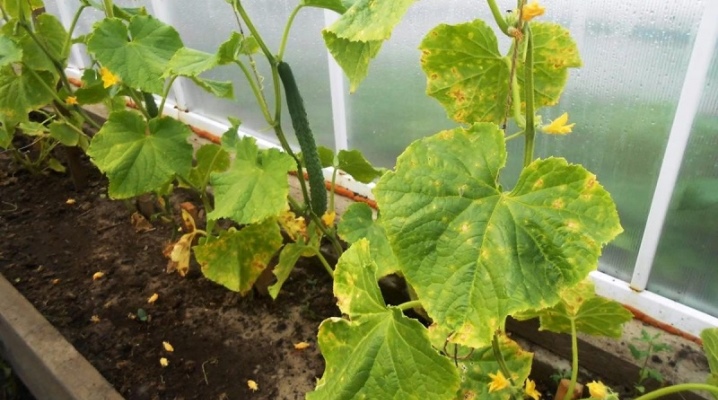
Most gardeners grow cucumbers on their plots - they appreciate the exceptional taste of the fruits and their benefits for the body. However, sometimes you can see that the foliage of the bushes loses the brightness of colors, becomes faded and stunted. This may be due to a violation of agricultural technology, a lack or excess of mineral elements, as well as a disease of the vegetable crop.

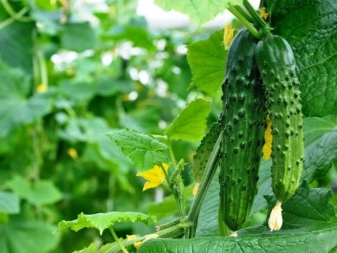
Main reasons
Most often, pale patches on green cucumber leaves are the result of a lack of watering. Water deficiency leads to a suspension of photosynthesis, and the formation of chlorophyll slows down. This situation is fixable - when the water balance is restored, the color of the leaf plates will return on its own without introducing additional preparations. Leaves can brighten with an abundance of ligature on the lashes. In this case, the fruits begin to draw all the vitality from the herbal part of the bush, the bush becomes lethargic and the seedling quickly loses the intensity of its colors.
To alleviate the condition of the bush, the number of fruit units should be reduced - no more than 23 fruits should grow at the same time on one plant, otherwise the seedlings simply will not cope with the load. The ovary should be evenly distributed so that their number decreases towards the apex. The loss of brightness in the colors of the leaves of cucumber seedlings may be associated with other reasons. They differ for open field crops and greenhouse plants. Let's dwell on them in more detail.
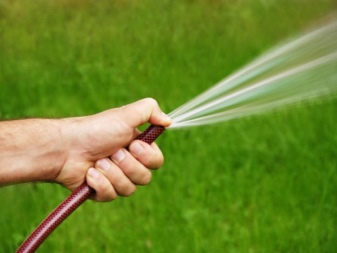
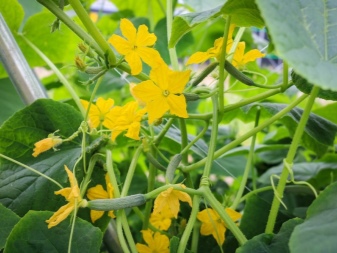
In the greenhouse
If the change in the color of the leaf plates of cucumber bushes in open areas can be explained by the fact that they lack useful minerals, then in the greenhouse the influence of this factor is minimized. Most often, the following reasons become the cause of the blanching of the leaves of melons and gourds in artificial growing conditions.
- Uncomfortable temperature conditions. If the temperature in the greenhouse drops to below 15 degrees, the foliage practically stops its growth and becomes almost white.
- Lack of sunlight. A deficiency of ultraviolet rays leads to disruption of photosynthesis and, as a result, a decrease in the formation of chlorophylls responsible for the production of green bodies.
- Lack of moisture. For active plant growth and fruiting, cucumbers require abundant and regular watering, since it is through the roots that this plant is saturated with the necessary minerals and organic substances.
- Excess moisture. Excessive moisture also has a negative effect on greenhouse plants and causes root rot. In this case, the stems become brown, and the leaves are partially or even completely discolored.
If agricultural technology is not followed in greenhouses, melons and gourds are often affected by fungal infections. A humid and warm microclimate becomes provoking factors - it creates optimal conditions for pathogenic microorganisms for growth and reproduction.
At the same time, caring for plantings in greenhouse conditions is largely complicated by the fact that it can be difficult to maintain sufficient ventilation and an influx of fresh air in greenhouses.
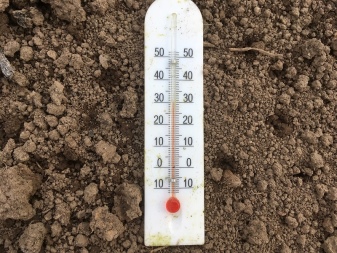

Most often, the following infections lead to lightening of cucumber seedlings.
- Mosaic disease. With this pathology, the leaf plates are covered with large spots of whitish and yellow shades, such a leaf in its appearance begins to resemble a mosaic. If untreated, the leaves quickly curl around the edges and shrivel.The disease spreads through seed, as well as when healthy bushes come into contact with infected ones. The mosaic cannot be cured. With a small amount of damage, damaged areas should be removed and burned, and healthy parts should be treated with copper sulfate or Bordeaux liquid. If the degree of damage is high, all seedlings must be removed along with the root, and the earth must be disinfected.
- Root rot. This fungus infects the root system, and from it spreads to the ground parts of the plant. The yellowness first captures the lower lashes of the seedlings, and then gradually moves higher. Soon the vines begin to die off, the seedlings die. The spread of the fungus is facilitated by excessive watering, dense plantings, as well as heat and humidity of more than 80%. In the early stages of the disease, the plant can be saved - for this, the pale leaves are removed, and the remaining parts are treated with Infinito.
- White rot. Another common reason that leaves on cucumber seedlings become faded. If you look closely at the lower lash, you will notice weeping jelly-like marks covered with a white coating. Rot rapidly spreads upward, affecting the stem and leaves. Ovaries, especially those growing from below, can also brighten. The fight against pathology should begin with the removal of all damaged parts of the seedlings that have changed their color. If the affected area is small, then the rest can be saved - for this, the cucumber bush is powdered with a mixture of chalk and lime powder. If the disease has completely captured the bush, then it must be removed.
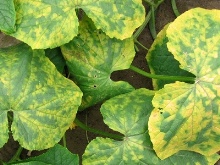
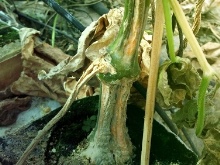
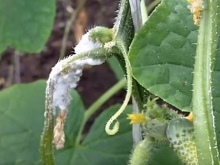
In the open field
A common reason for changing the color of the leaves of the cucumber culture is too early planting of seedlings. Cucumbers should be planted in open areas only after the threat of return frosts has completely passed, and the average daily temperature is set at around 15 degrees or more. If the soil has not yet warmed up at the time of transplantation, then the leaves on the seedlings begin to brighten and then fall off. The only way to solve this problem is to install a mini-greenhouse; the structure must be maintained until the soil warms up.
In the overwhelming majority of cases in open ground, the reason for the change in the color of the foliage is a shortage or, conversely, an excess of individual microelements. Violation of the balance of trace elements causes a deterioration in the growth of fruits, making them small and tasteless.
However, after timely response measures are taken, fruiting usually recovers in full.
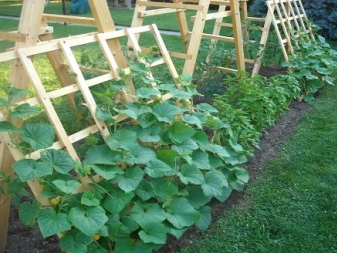
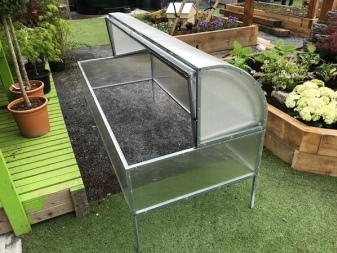
Typically, cucumber leaves turn pale when the following minerals are deficient.
- Nitrogen. The lack of this microelement negatively affects the formation of the green part of the bush and the growth of seedlings - there are no lateral lashes, the leaves are poorly formed, the inflorescences fall, not having time to form the ovary. A typical symptom of nitrogen starvation is the spread of yellowness on the leaf blades, while the veins remain dark until the very last moment, they brighten only before they completely fall off.
- Iron. With iron deficiency, the intensity of photosynthesis decreases, and this immediately makes itself felt in the form of a loss of the green tint of young seedlings. If you do not act in this situation, then a dry edge will form along the border of the damaged leaves, and the pallor will begin to spread to older leaves. However, iron deficiency does not affect the crop yield.
- Calcium. Adult plants practically do not react to a lack of calcium, but young, freshly released leaves begin to wither. At first, the leaf brightens at the edges, as well as from the center, soon the pallor begins to spread in stripes over the entire surface of the leaf plate, bypassing the veins. After a few days, the discolored areas die off, and the edges of the diseased leaves are bent.
- Copper. The pale green and then almost colorless tops of the leaf plates can indicate a copper deficiency. This phenomenon is accompanied by a general wilting of all seedlings.
- Potassium. In this case, the leaves first change color to yellow, and then turn brown and shrivel. The process is especially pronounced if there is a high content of peat in the soil; in such conditions, the damage to the leaves is only aggravated.
- Phosphorus. Fasting leads to a suspension of the growth of cucumber seedlings. The scourges stop growing upward, the leaves become hard and soft, as if leathery. Soon, the leaf plates become covered with light green spots, resembling stains, and fall off.
- Bor. An excess of boron-based dressings leads to a change in the color of the leaf plates. The first sign of oversaturation of the culture will stop the appearance of a rich yellow color along the border of leaf plates. After some time, yellowness spreads to the center in the form of spots, then they begin to dry out and wrinkle the leaf plate.
At this time, you need to stop using boron, the use of any other dressings is also undesirable.
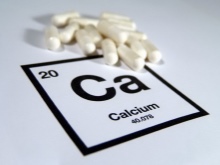
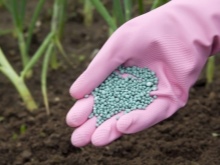
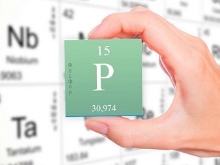
How to feed?
If you notice that the leaf plate of cucumber seedlings has acquired light shades, the bush needs to be fertilized with nitrogenous substances, since the deficiency only at the beginning affects the leaves. In the absence of response measures, wilting spreads to the trunks, and soon the plant dies. The most effective fertilizer for cucumbers is urea, it consists of 46% nitrogen, which is quickly absorbed by plants. Gardeners use such fertilizing during nitrogen starvation, in addition, carbamide protects them from fungal infections.
To prepare an effective solution, 100 g of the substance is dissolved in a bucket of water and irrigated. The resulting composition is sufficient to irrigate a plot of 200 sq. m. However, it should be borne in mind that on neutral and alkaline soils, most of this fertilizer will be wasted. Therefore, its effect must be enhanced by the addition of other minerals. It is best to use ready-made store-bought formulations based on nitrophoska, azofoska or diammophos. Their distinctive feature is the presence of both nitrogen and phosphorus. With a nitrogen-potassium deficiency of cucumber bushes, you need to feed the plants with organic fertilizers. Mullein or matured compost is best suited for this purpose; bird droppings give a good effect. Fresh manure will also work, but this folk remedy requires metered use. To prepare a working solution, 30% fertilizer is mixed with 70% water and insisted in a warm place for 7 days. Stir and strain the composition before processing. Top dressing is introduced at the root.
Another effective remedy is wood ash. It is necessary for a cucumber seedling with a lack of potassium and phosphorus, which manifests itself in yellowing of the leaves and the suspension of crop growth. Ash contains about three dozen microelements useful for the growth and development of melons and gourds. The working mixture is prepared from 300 g of ash dissolved in a bucket of water. All components are combined, mixed well and left to infuse for 3-4 days. The resulting mixture must be treated with the soil near the bushes. To prevent the lack of potassium and other useful trace elements, you can add ash to the soil during the autumn digging.
Important: you cannot use ash and nitrogen fertilizers at the same time. Entering into a reaction, they neutralize the beneficial properties of each other, and their use becomes completely useless. It is advisable to spray the leaves and whips of the bushes with urea, while saltpeter and ash are introduced into the soil.
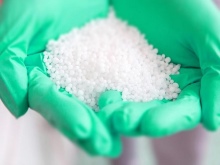
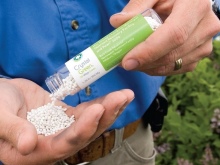
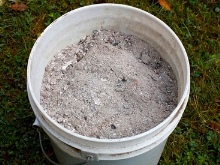
Prevention measures
Everyone knows that preventing a problem in the garden is much easier than dealing with it. The most important thing that summer residents should know is that cucumber bushes with sluggish, pale leaves need tireless care.
- To prevent such an outcome, it is advisable to enrich the soil with a solution of copper sulfate in the fall. It will saturate the substrate with nutrients, and at the same time will prevent the appearance of certain fungal diseases. It is allowed to use the nutritional supplement in the future, it is especially effective during the period of flowering and active fruiting.
- In hot weather, you should sprinkle the leaves of healthy cucumber seedlings with water from time to time, it is best to take a rain or settled one.
- Observe the rules of crop rotation - in the same place, cucumbers can only be grown once every four years. You can not plant cucumbers after pumpkins, squash and other crops of a related species.
- Top dressing with mineral and organic compounds should be carried out every 15 days, while it is desirable to alternate spraying and root application.
- If in the summertime the air temperature is kept above 30 degrees, then the bushes need to be shaded. If the plant is not protected from the scorching rays of sunlight, it will soon show signs of dryness.
- After planting seedlings, the ground should be covered with mulch - sawdust, peat or even green tops will do. The protective layer is removed only after harvesting the fruit.
- If you grow cucumbers in greenhouse conditions, the top layer of the earth needs to be renewed every year. At the same time, the humidity level in the greenhouse should not exceed 85%.
Blanching of leaves on cucumber seedlings is a common occurrence, but this is not a death sentence. A lightened plant can continue to develop and even bear fruit. However, this will already be a much smaller result than what you could count on.
To avoid loss of harvest, it is important to establish the cause of the change in the color of the leaves as soon as possible and to direct all efforts to correct the situation, especially since this is not difficult to do. All the plants need is watering, regular maintenance and feeding with suitable fertilizers.

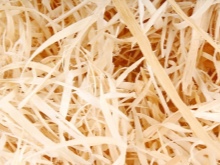














The comment was sent successfully.